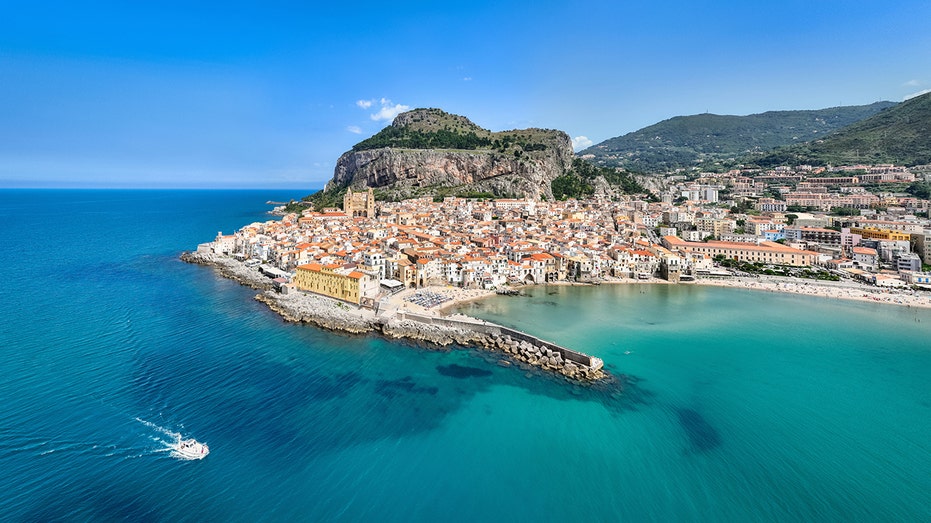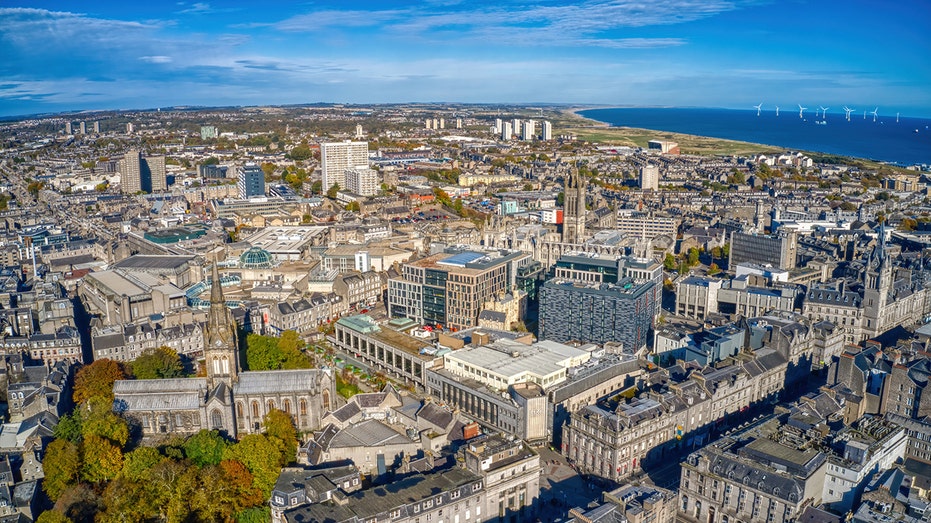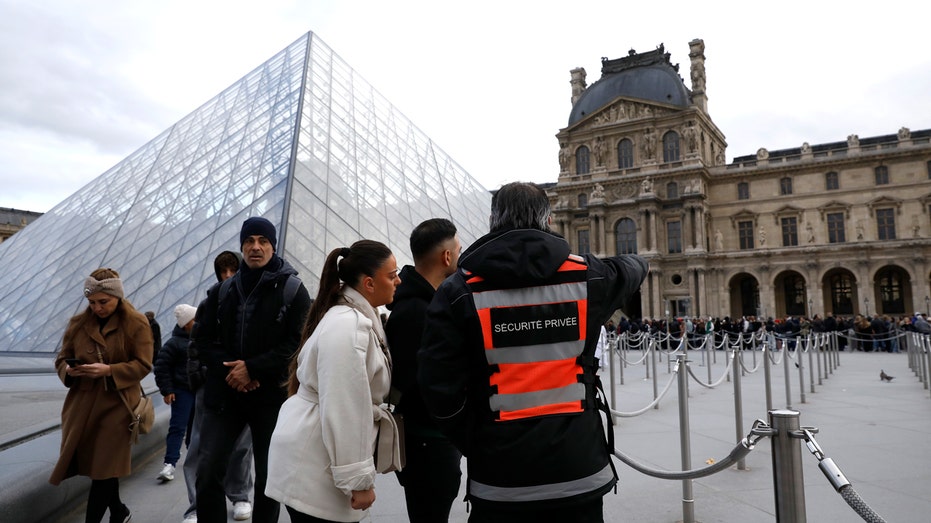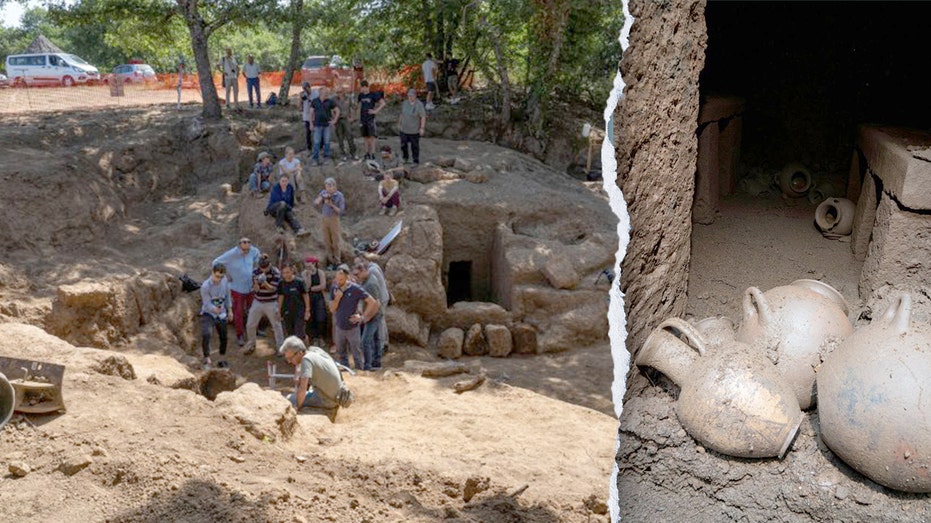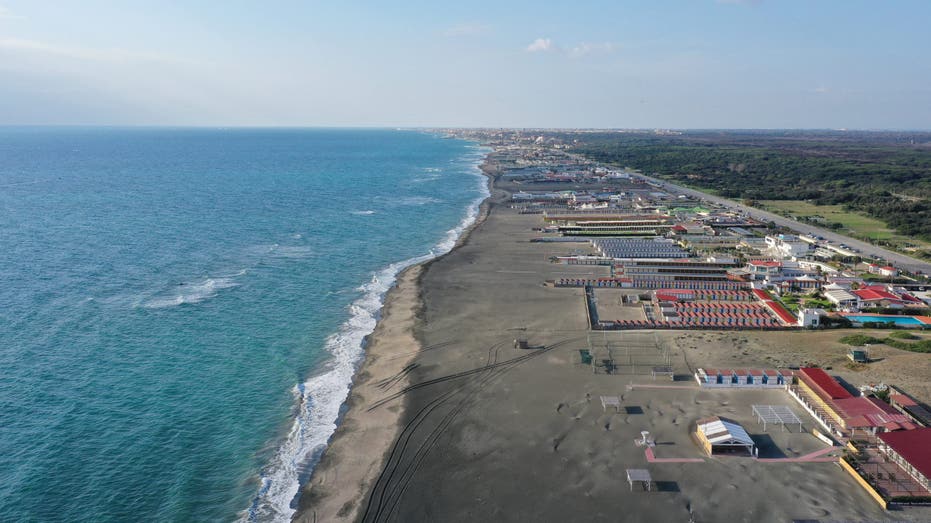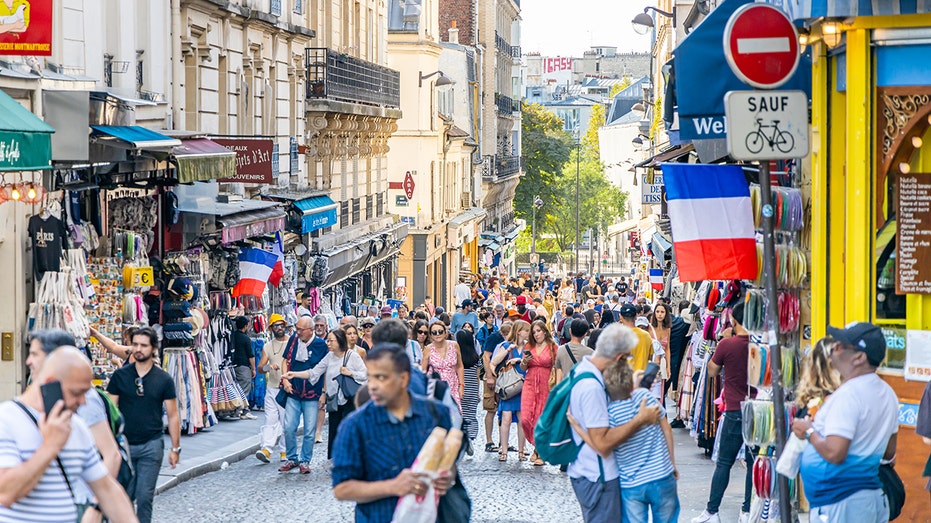Strait of Messina Bridge: Economic Lifeline or Bridge to Nowhere?

Sarah Johnson
August 9, 2025
Brief
Analysis of the Strait of Messina Bridge project, exploring its economic potential, seismic risks, mafia concerns, and the broader implications for Italy.
Strait of Messina Bridge: A Risky Leap or Vital Link for Italy?
The planned construction of the Strait of Messina Bridge, poised to be the world's longest suspension bridge, has ignited a fierce debate in Italy. While proponents tout its potential to boost Sicily's economy and integrate the island more closely with the mainland, critics raise serious concerns about seismic risks, mafia infiltration, and environmental impact. This analysis delves into the complexities surrounding this ambitious project, exploring its historical context, potential ramifications, and the critical questions that remain unanswered.
The Bigger Picture: A Century of Dreams and Delays
The idea of bridging the Strait of Messina isn't new; it's a recurring theme in Italy's infrastructural ambitions. The concept dates back to Roman times, with various proposals surfacing over the centuries. The persistent allure lies in the potential to overcome Sicily's geographical isolation, fostering economic growth and facilitating smoother transportation. However, this vision has been repeatedly thwarted by political instability, funding challenges, and, crucially, concerns about the region's volatile geology and the influence of organized crime.
What This Really Means: More Than Just Concrete and Steel
Constructing the Strait of Messina Bridge represents far more than a feat of engineering. It's a symbol of Italy's aspirations and its enduring struggle with regional disparities and systemic corruption. The bridge aims to reduce travel times and costs between Sicily and the mainland, potentially opening up new markets for Sicilian produce and tourism. The projected capacity of 6,000 cars per hour and 200 trains per day indicates a significant upgrade in transportation infrastructure. However, the success of this project hinges on addressing the deep-seated issues that have plagued similar initiatives in the past.
Expert Perspectives: A Chorus of Caution
Experts are divided on the bridge's merits. Anna Sergi, a sociologist specializing in criminal law, has warned of the project's vulnerability to mafia infiltration, referencing the historical co-option of large-scale public works by organized crime. Her concerns highlight a critical challenge: ensuring transparency and accountability throughout the construction process to prevent illicit enrichment. Other experts raise concerns about the seismic risks associated with building a massive structure in an earthquake-prone zone.
Data & Evidence: Weighing the Costs and Benefits
The $15.5 billion price tag of the Strait of Messina Bridge is a substantial investment, raising questions about alternative uses of these funds. While the bridge promises economic benefits, a thorough cost-benefit analysis is crucial to determine whether the potential gains outweigh the risks and expenditures. Data on past infrastructure projects in Italy, particularly in regions with a strong mafia presence, reveal a history of cost overruns, delays, and compromised quality. We must consult independent evaluations to ensure that the bridge provides genuine value for the investment.
Looking Ahead: Watchful Eyes on Implementation
As construction begins, vigilance will be essential. Strict adherence to anti-mafia legislation, as President Mattarella reiterated, is paramount. Independent oversight and transparent procurement processes are necessary to prevent corruption and ensure that the project benefits the public rather than criminal organizations. Close monitoring of seismic activity and adherence to stringent safety standards are crucial to mitigate earthquake risks. The Canakkale Bridge in Turkey will likely serve as a benchmark for some aspects of the project, but the unique environmental and criminal challenges in Sicily require a customized approach.
The Bottom Line: A High-Stakes Gamble
The Strait of Messina Bridge is a high-stakes gamble. Its success depends not only on engineering prowess but also on Italy's ability to overcome its historical challenges with corruption and regional inequality. If implemented successfully, the bridge could become a symbol of progress and connectivity. However, failure to address the associated risks could turn it into a monumental waste of resources and a monument to systemic failures.
Expert Quote
"The attraction of large-scale works for the corrupt and the mafia is that the realization and social utility of the work are of marginal interest. The more the realization is diluted over time, the more technical difficulties produce delays, the more there are new investments, or changes to the original project, the malign actors will be able to fill their pockets."
– Anna Sergi, Sociologist and Expert in Criminal Law
Topics
Editor's Comments
What's often missing from the discussion around these grand infrastructure projects is a genuine focus on *why* we're building them. Is the primary motivation to improve the lives of Sicilians, or to create opportunities for political gain and financial enrichment? The answer, unfortunately, is often a complex mix of both. Moving forward, demanding greater transparency means we have to scrutinize not only the construction process but also the long-term impact on affected communities. Building a bridge is easy; building trust is the real challenge.
Like this article? Share it with your friends!
If you find this article interesting, feel free to share it with your friends!
Thank you for your support! Sharing is the greatest encouragement for us.
